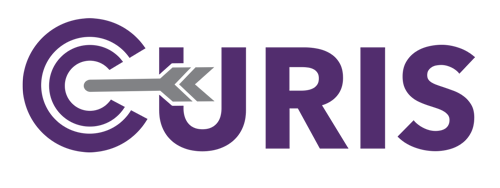
Compliance & Risk
Building a Program That Goes Beyond "Putting Out Fires"
With so many challenges intrinsic to our Health Center landscape, it is often difficult to be as proactive as we would like to be regarding our 5 domains of clinical, operational, quality, finance, and compliance. We all too frequently fall into the quagmire of “putting out fires” and find ourselves in the mode of reacting vs. planning and preparing as we would like to do.
So, the first question we face is – HOW? How do we build a program that addresses as many of those challenges as possible and proactively plans and prepares for the potential pitfalls of our challenging environment? The most highly recommended strategy is to build and implement a comprehensive Compliance and Risk Program that creates an overarching model that envelops each of the essential domains relevant to our Health Center.
The next question would naturally be – WHY? Why do we need to build this type of program? In truth, the answers are many. But, one of the most significant reasons is that this type of program allows for resource optimization and alignment. We almost always face the challenge of too few people to attend too many meetings and accomplish too many tasks. Our leaders, providers, and staff members often serve in multiple roles (“wear multiple hats”), which makes optimization and alignment of resources even more critical. Additionally, this allows for increased levels of efficiency and effectiveness across the domains or focus areas.
That leads us to the question of – WHAT? What is the structure? And what are the areas of focus that support the creation of this type of comprehensive Compliance and Risk program? Best practice tells us that our program should ideally be structured with three tiers. Each of these tiers have significant interplay, and even some areas of overlap. Each tier has a set of members and houses specific domains/focus areas.
• Tier 1 – Compliance Advisory Team
• Tier 2 – Quality Improvement/Quality Assurance Team
• Tier 3 – Risk Management Team
The Compliance Advisory Team is made up of a group of senior leaders with strategic level insight and decision-making authority. This group would report to the CEO and provide reports for the Board of Directors. The Advisory Team typically includes the CFO, COO, CMO, Human Resources leader, Compliance Officer, Risk Manager, Privacy/Security Officer, Safety Officer. Ideally, this team is not more than 8-10 members.
The Quality Improvement/Quality Assurance Team is an integral team for all Health Centers and should be leveraged in this model to support alignment and resource optimization. This team typically consists of a core group of interdisciplinary and cross functional members who serve in management or supervisory roles. This team also includes a group of ad hoc members who contribute as subject matter experts when appropriate or when needed. It is recommended that this core team not exceed 10-12 members.
The Risk Management Team is also integral for all Health Centers and is conjoined with the QI/QA Team; often sharing members, collaborating on projects, and meeting collectively at least quarterly. This team is narrower in focus than its QI/QA counterpart. It is comprised of a cohort of core mid-level management or director level members, with the support of ad hoc members as needed. The Risk Management Team is typically not more than 5-6 members.
This infrastructure allows for fewer required members and fewer meetings (ie: resource optimization), alignment of priorities and focus areas across the organization, improved communication, strategic and proactive identification of needs and intervention planning, consistent follow up and reporting, etc. All of this results in improvements across our 5 domains of clinical, operational, quality, finance, and compliance.
*All documents are property of Curis Consulting. Do not duplicate or distribute without written permission.
